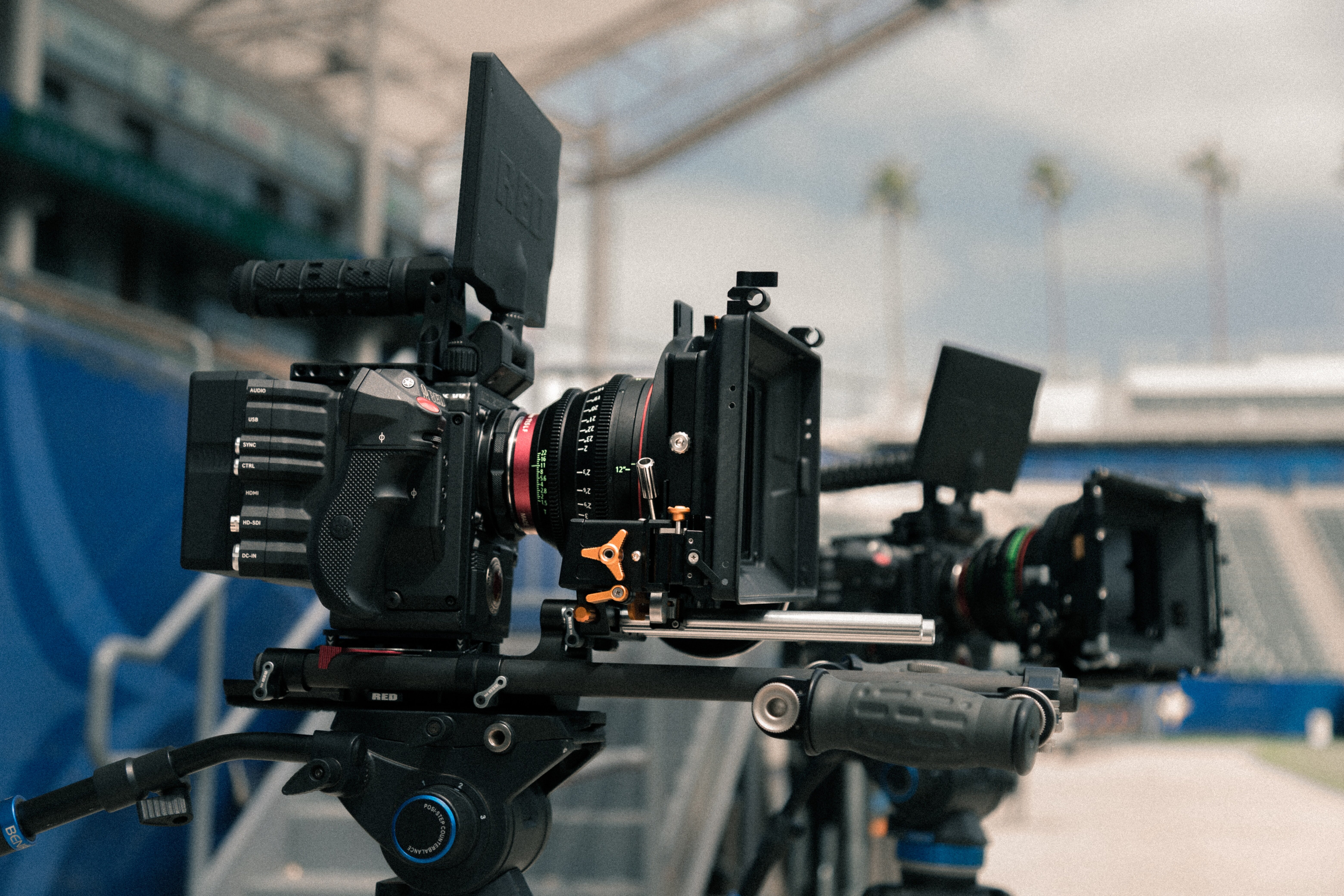Are Videos More Effective than Text Content?

Are Videos More Effective than Text Content? - Videos Capture Attention Better Than Text
Attention spans are shortening in the digital age. Viewers are inundated with content, making it difficult for brands to capture their focus. This is where video shines. Videos garner more attention than blocks of text or even images.
The human brain processes visual information 60,000 times faster than text. Videos combine motion, sound, and imagery, creating a multisensory experience that's naturally more engaging. Viewers pay closer attention to videos, absorbing the information better.
In fact, 91% of viewers say videos help them understand a product or service better than text alone. After watching a video, 65% of people are more likely to buy a product. Videos also have the power to boost brand awareness. According to Wyzowl, 80% of customers remember a video they've watched in the last month.
Videos also increase time spent on site. Pages with videos have 2-3 times higher dwell time compared to pages without. When embedded effectively, videos can capture attention and communicate key messages more efficiently than text.
Video is especially useful for ecommerce brands. Watching product videos make potential buyers more confident in purchase decisions. Videos that showcase items in real situations help customers visualize owning and using the products.
Are Videos More Effective than Text Content? - Visuals Are Processed 60,000 Times Faster By The Brain
Our brains are wired to process visual information exponentially faster than text. Studies show that the human brain can process images in as little as 13 milliseconds, compared to over 160 milliseconds for text. This means our minds comprehend visuals nearly 60,000 times faster.
When creating content, it's important to leverage this innate capability in order to communicate ideas and messages efficiently. Blocks of text can easily cause readers to lose focus or fail to retain information. In contrast, combining text with relevant imagery grabs attention while also aiding comprehension and recall.
For example, London-based financial services company Legal & General saw a 20% increase in intranet engagement after incorporating more photos and illustrations into their internal communications. The visual content helped the complex information stick in employees' minds better.
Using videos and gifs is even more powerful, since motion activates even more parts of the brain. A study by Microsoft showed that the human attention span for online content has decreased to just 8 seconds. Videos under 2 minutes long are ideal for keeping modern viewers engaged.
Hubspot increased conversions by 64% simply by adding video testimonials to their website. Seeing real customers talk about their experience triggered emotions and built trust more effectively than written stories alone.
Visuals also enhance learning and teaching. A study at the University of Waterloo found that students viewing visual aids scored 85% on post-lecture tests. The scores dropped to only 11% for those exposed to the lecture material without visuals.
In fields like healthcare and technology, visual communication is especially critical. For instance, a doctor explaining an MRI through images rather than clinical descriptions alone can improve patient understanding and adherence. Technical manuals also benefit from annotated diagrams over dense paragraphs of text.
More Posts from ai-videoupscale.com:
- →7 Data-Driven Reasons Why Promotional Videos Boost Business Growth in 2024
- →From Jump Cuts to L-Cuts: Exploring the Cutting Edge of Video Editing
- → Enhancing Your ScreenFlow Creations with AI Upscaling
- →Cutting the Wait: How to Put Your Video Editing on Fast Forward
- →FFMPEG Frenzy: Unleash the Power of Video Conversion Commands
- →Photos to Film: Magically Turn Your Pics into a Movie with FFmpeg